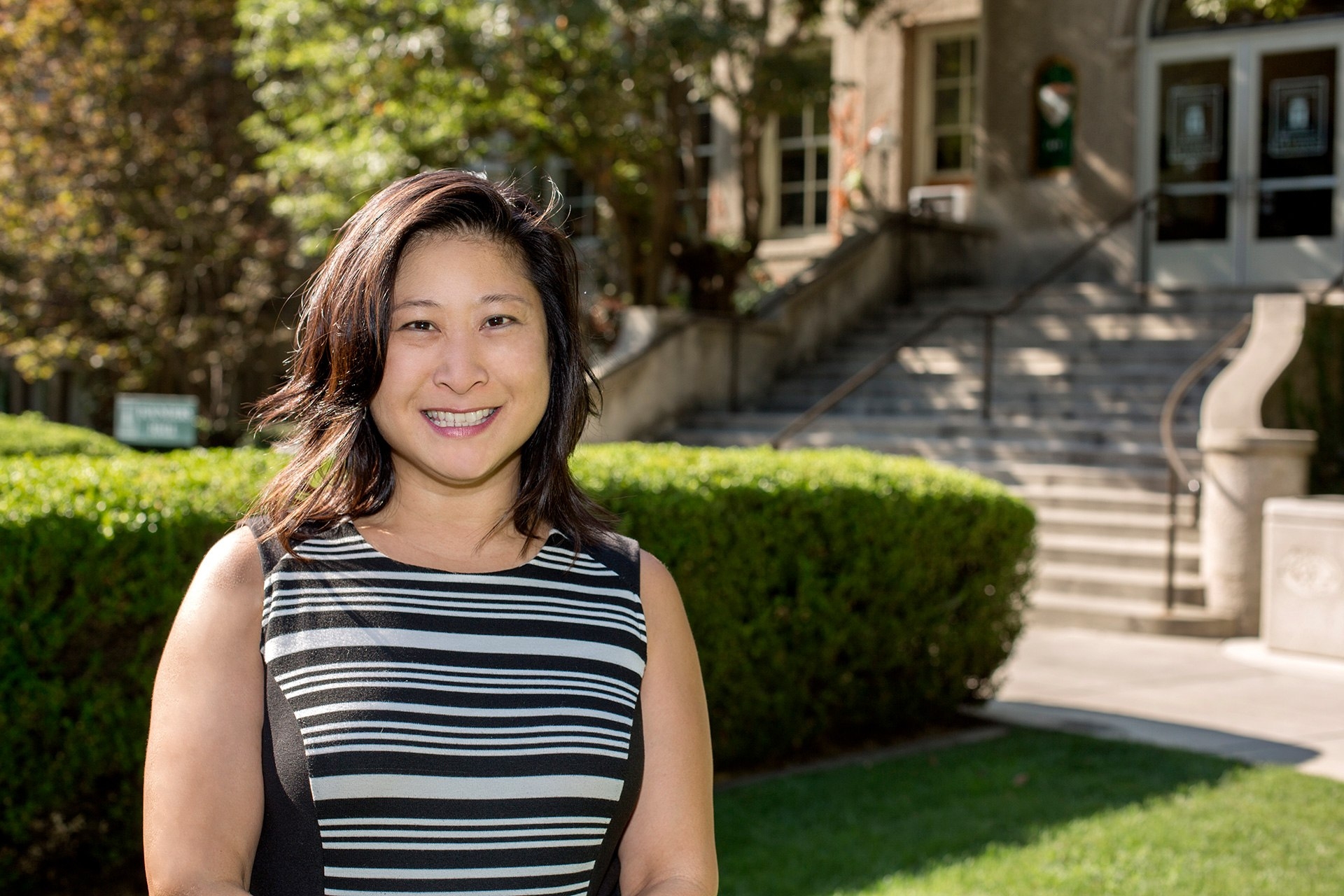Since I began my position as the inaugural Chief Diversity and Inclusivity Officer (CDIO) at University of La Verne two years ago, I often get asked the question: “So…what is it that you do?”
On a personal level, I want to say that I get to do what I am passionate about and dedicated to, and that is to work towards equity and inclusivity through education. Professionally, I would say that Chief Diversity Officers (the more common title for this position) are executive-level administrators who provide dedicated leadership to fulfilling an institution’s diversity mission and goals. At the University of La Verne, I report directly to the President and sit on the President’s Executive Cabinet. Also, rather than centralizing all diversity functions, personnel and offices to report to me, I work closely with President Lieberman and senior administrators to collaborate with other offices and departments across the University to achieve our diversity and inclusivity goals.
These goals include continuing to provide educational access to underserved populations as well as academic and socio-emotional support to increase their retention and graduation. They also include creating a diverse and inclusive campus climate in which all students, staff and faculty feel a sense of belonging to the University community and that they have a voice as members of this community. In addition, we are deepening our understanding of diversity as an essential asset to increasing learning, workplace productivity and morale, as well as fostering research and improving the University’s success and reputation. The focus on maximizing diversity’s broad impact is based on research that shows that more diverse learning environments lead to improved creativity, problem-solving and critical thinking; students of all backgrounds are better able to envision multiple perspectives, explore diverse social and cultural contexts, and engage with the challenges and opportunities of a society and economy that are now globally connected.
It is important that we, as a University community, engage in dialogue and education to determine what these broad goals means for the University of La Verne and how we will achieve these goals. This is an opportune time to be having these discussions. Not only is diversity and inclusivity stressed as a core value of the University, President Lieberman has strengthened this institutional commitment by filling the Chief Diversity and Inclusivity Officer position and integrating diversity into the four key initiatives of La Verne’s 2020 Strategic Vision. We have also begun a University-wide conversation about what it means for La Verne to be an Hispanic Serving Institution (HSI, as designated by the federal government), how being an HSI affects our institutional identity and what it mean to be a successful HSI. These are two exciting and difficult conversations, but they are critical to La Verne’s future.
So, what is it that I do? My areas of focus include: University policies and practices; curriculum, co-curriculum and pedagogical practices; student diversity and success; faculty, staff and administration diversity, including recruitment, retention, evaluation and professional development; campus climate assessment; diversity and cultural competency education; individual and group support and advocacy; and strategic planning. At the core of it all, I work with caring individuals who are dedicated to our students’ educational, personal and professional success. My role, as the CDIO, is to lead, support and serve as a resource in understanding and instituting diversity as a vital component of educational excellence. Personally, I believe our students will go on to change the world for the better. And nothing makes me prouder than to be a part of that.
